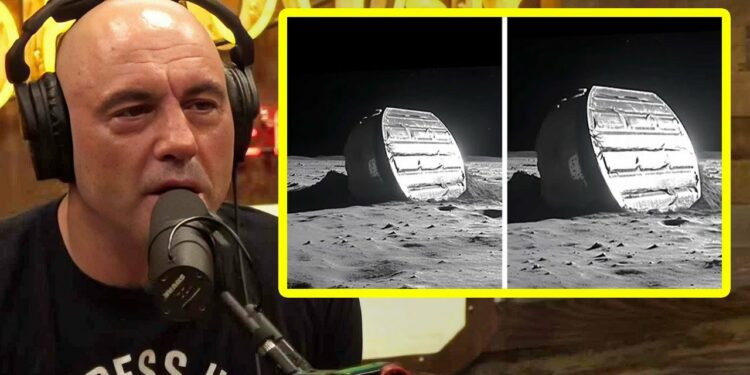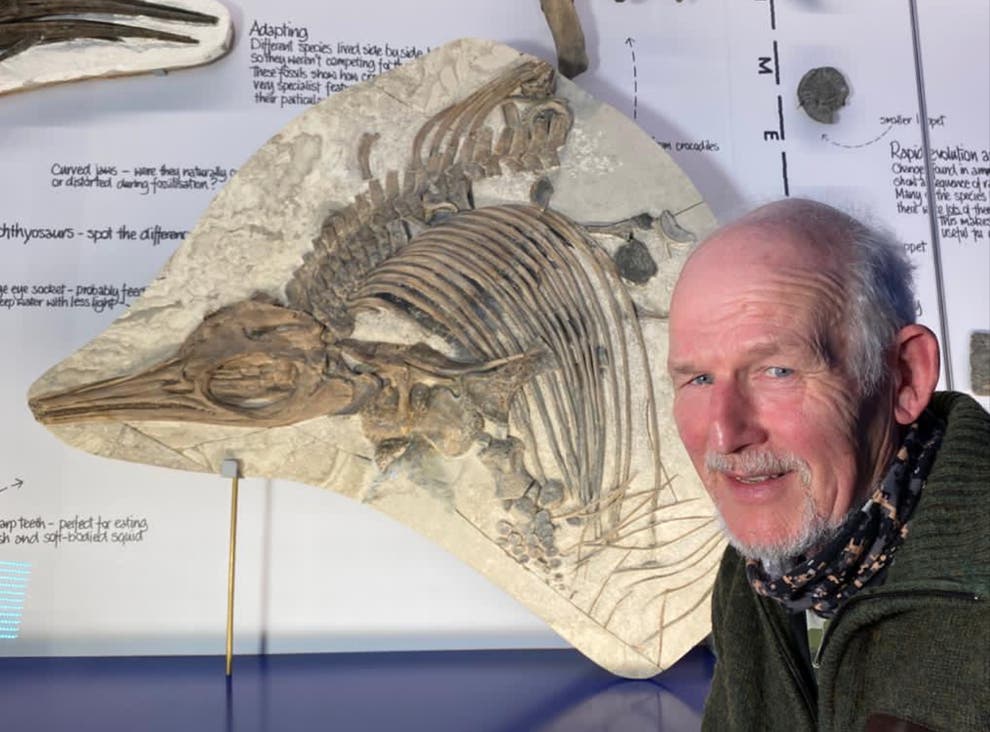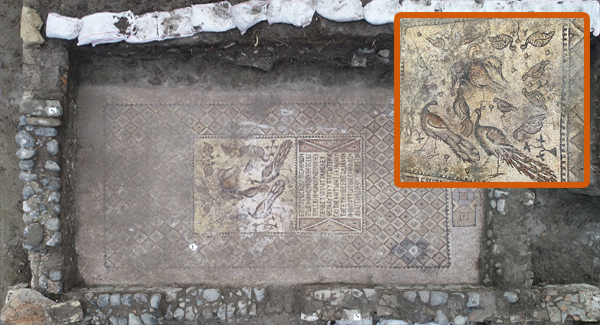Today, reports emerged about China landing a probe on the far side of the moon, sparking discussions about a potential “China-America moon race.” This follows China’s Chang’e 5 mission in December 2020, which collected lunar samples and revealed groundbreaking findings: a mysterious substance containing unique forms of water and complex organic compounds, unlike anything previously found on the moon. These discoveries could reshape our understanding of the moon’s history and its potential to support life or serve as a resource hub for future space exploration.
The Significance of the Find
The Chang’e 5 samples suggest the moon holds more resources than previously thought. Water, found in a form potentially extractable for drinking, fuel production, or oxygen generation, could enable sustainable lunar bases and serve as a launchpad for missions to Mars and beyond. The presence of organic compounds raises intriguing questions about the moon’s past—could it have once supported life? These findings challenge conventional views and may shift the focus of the search for extraterrestrial life to include moons and asteroids.
A New Space Race
China’s lunar program, including the historic Chang’e 4 landing on the far side in 2019, has positioned it as a major player in space exploration. The Chang’e 6 mission, targeting the moon’s south pole for more samples, and plans for a permanent lunar base underscore China’s ambition. Meanwhile, the U.S., through NASA’s Artemis program, aims to return astronauts to the moon by 2024, and other nations like Russia, India, and Japan are also pursuing lunar missions. Private companies like SpaceX further intensify this global race.
Speculations and Anomalies
Declassified data from NASA’s Clementine mission, a 1990s lunar orbiter, revealed anomalies on the far side, including dome-like structures and pyramid-shaped shadows that appear unnatural. Some speculate these could be remnants of ancient technology, fueling theories about abandoned alien bases. While unconfirmed, these findings, combined with China’s discoveries, suggest the moon holds secrets yet to be fully explored.
The Moon’s Role in Humanity’s Future
The moon’s resources, including water, helium-3 for potential fusion energy, and rare metals, could spark industries like lunar mining and energy production. These advancements may support self-sustaining lunar bases, reducing reliance on Earth. The moon’s lack of atmosphere also makes it ideal for astronomical research, while its low gravity could facilitate deep-space26 space missions.
Conclusion
China’s Chang’e 5 discovery of water and organic compounds marks a pivotal moment in lunar exploration. As nations and private entities compete to unlock the moon’s resources, it is emerging as a critical hub for scientific research, resource extraction, and a stepping stone for interplanetary exploration. International collaboration and technological innovation will be key to overcoming challenges and establishing a sustainable human presence on the moon, potentially transforming it into humanity’s first off-world home.























